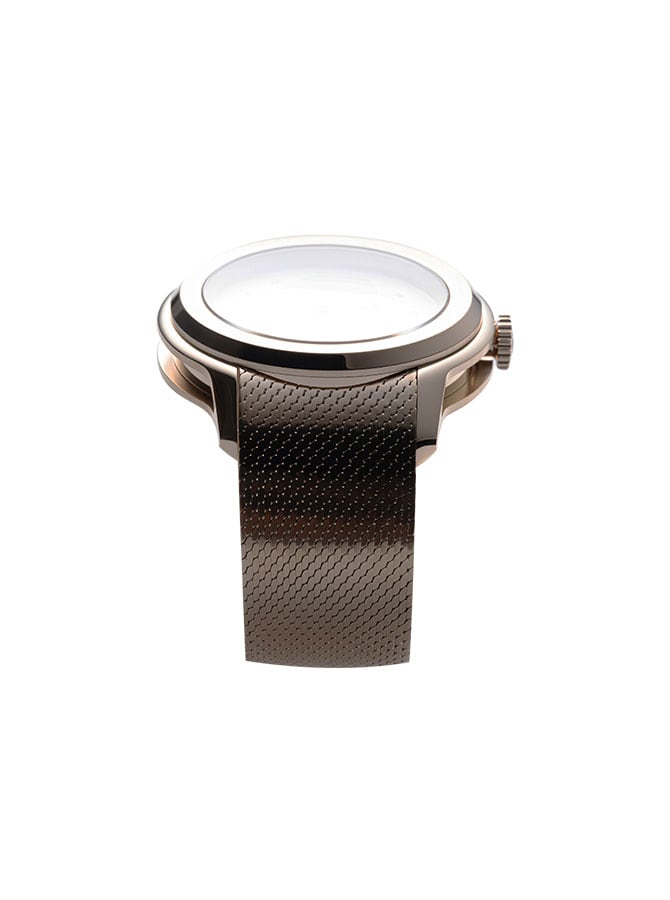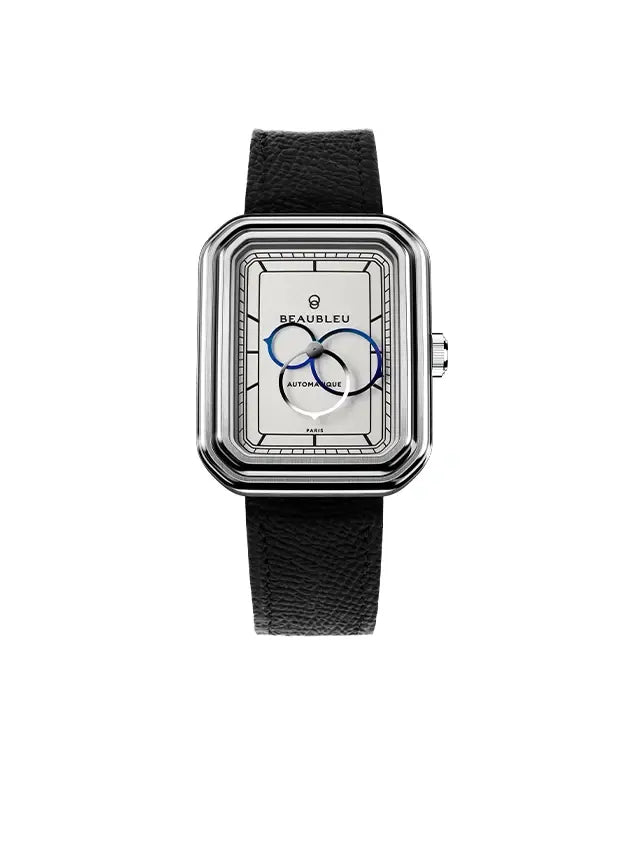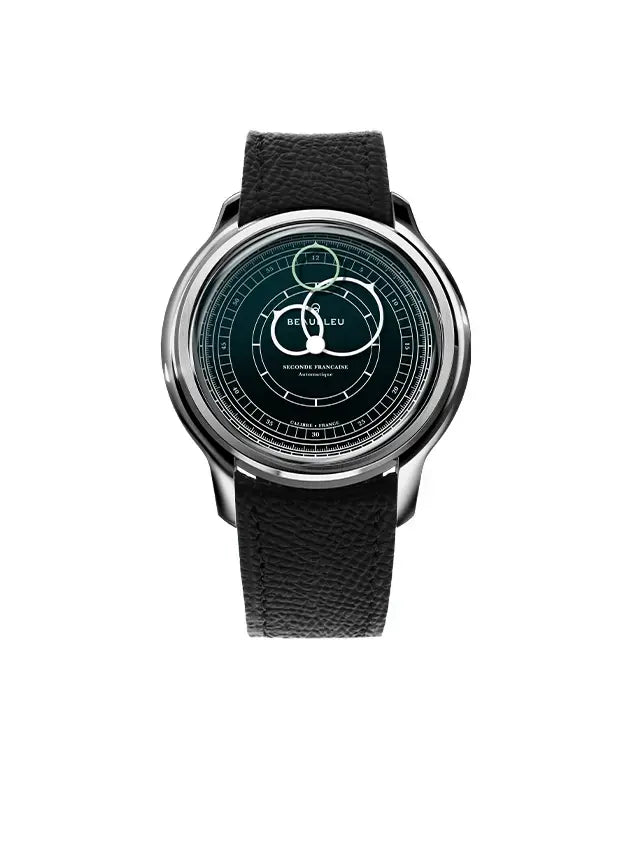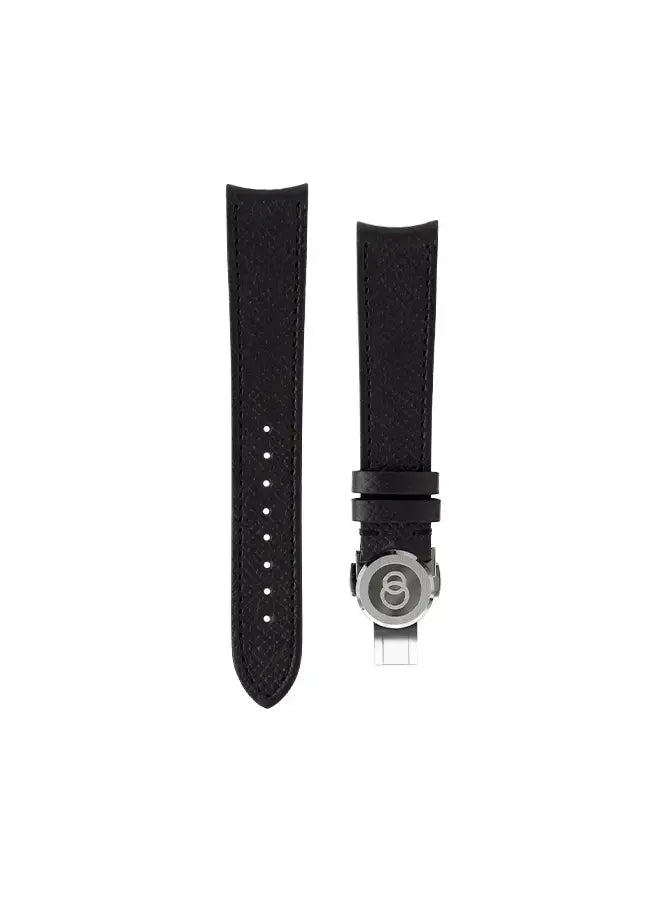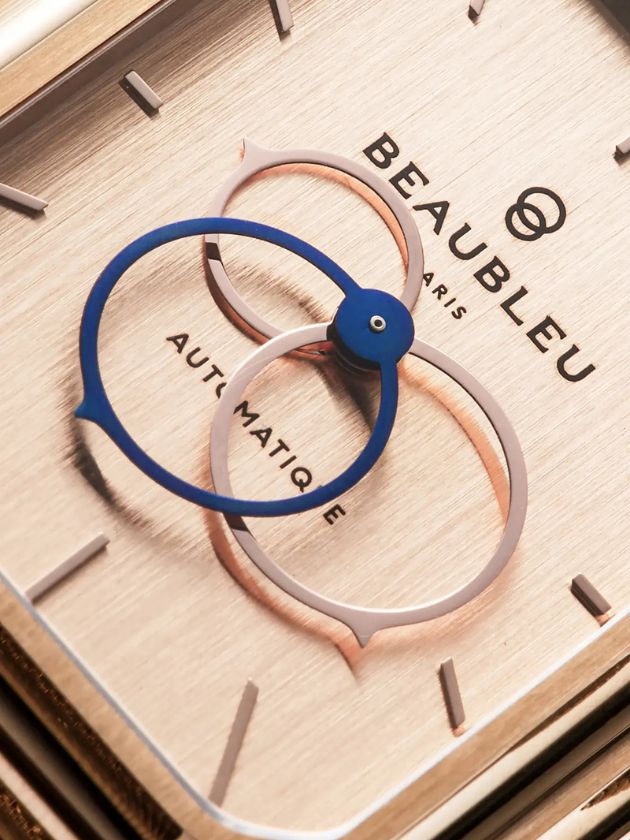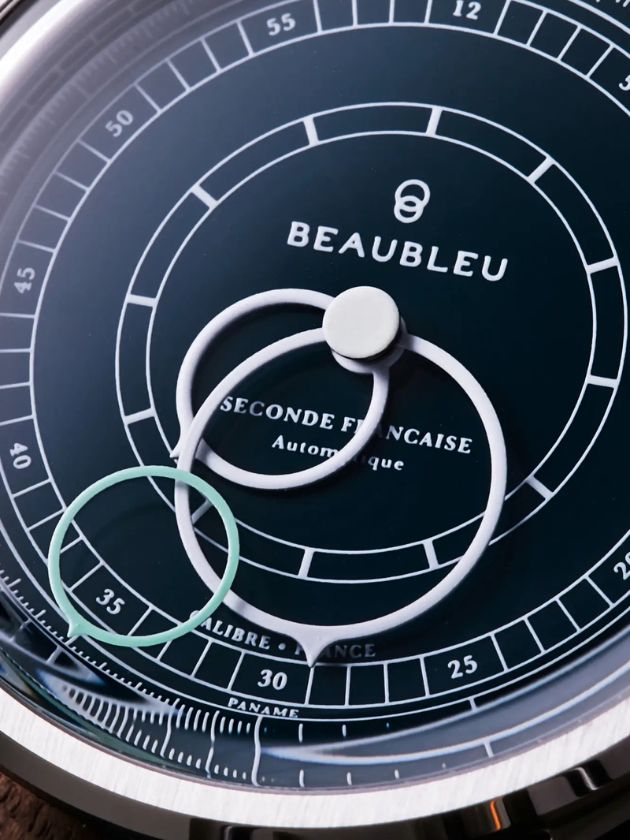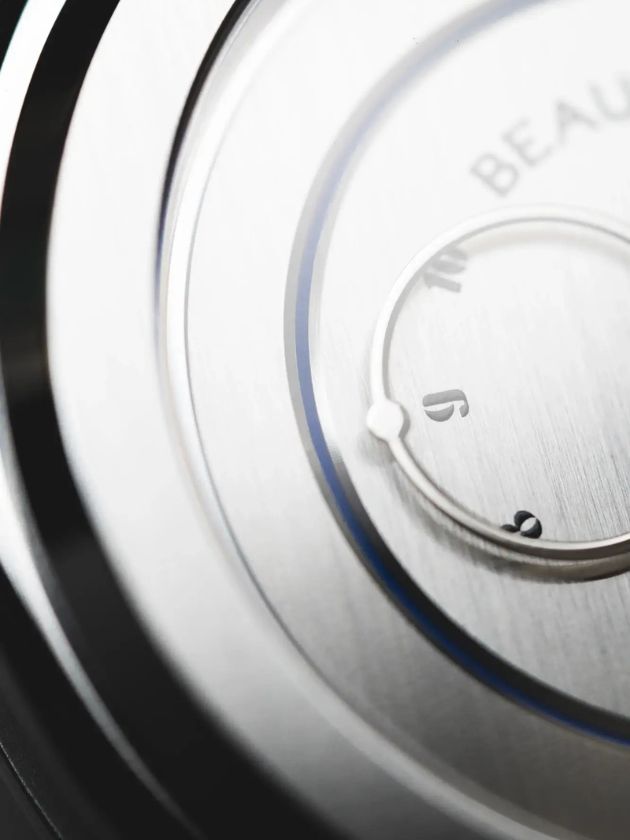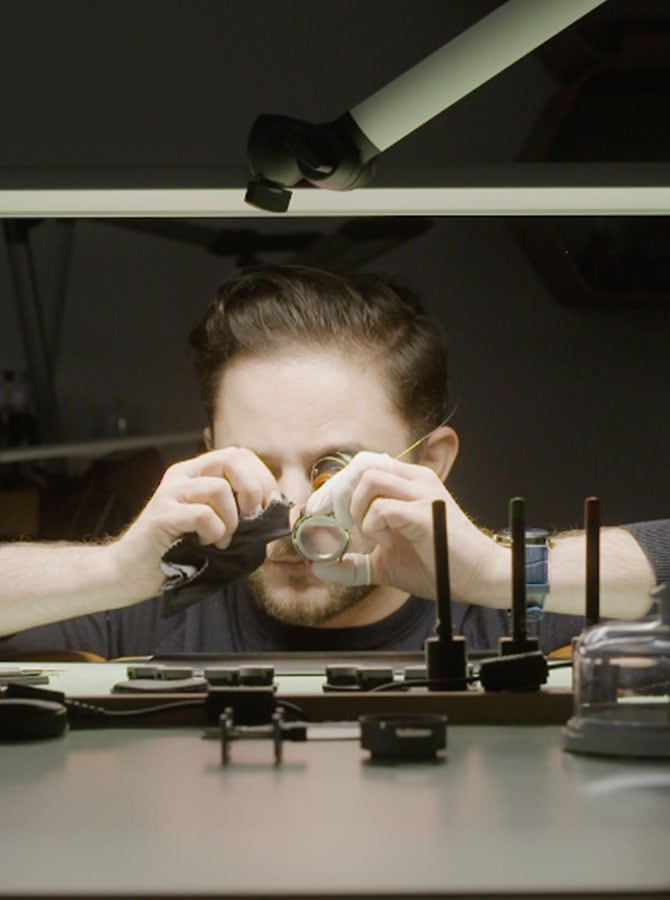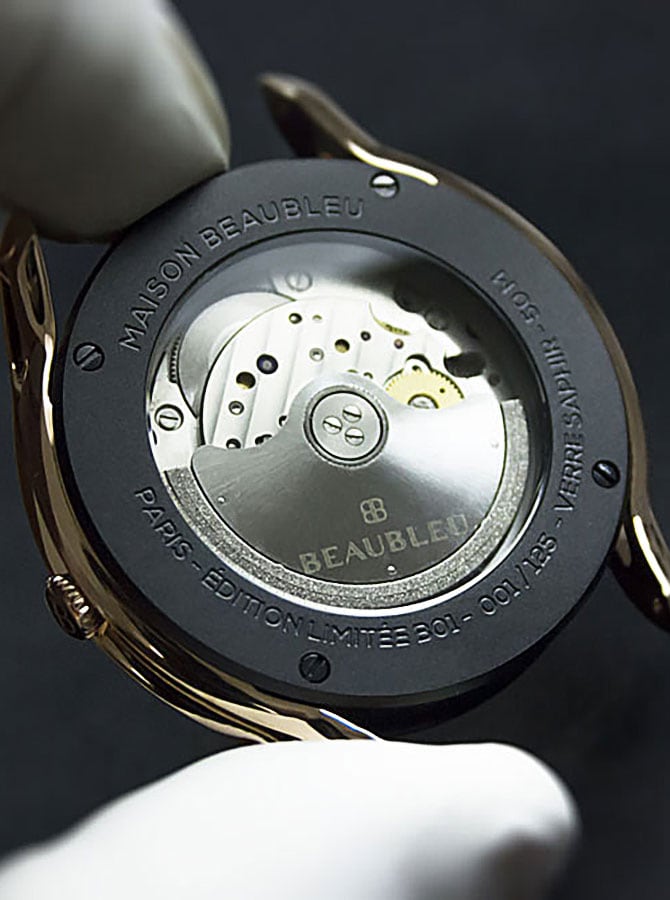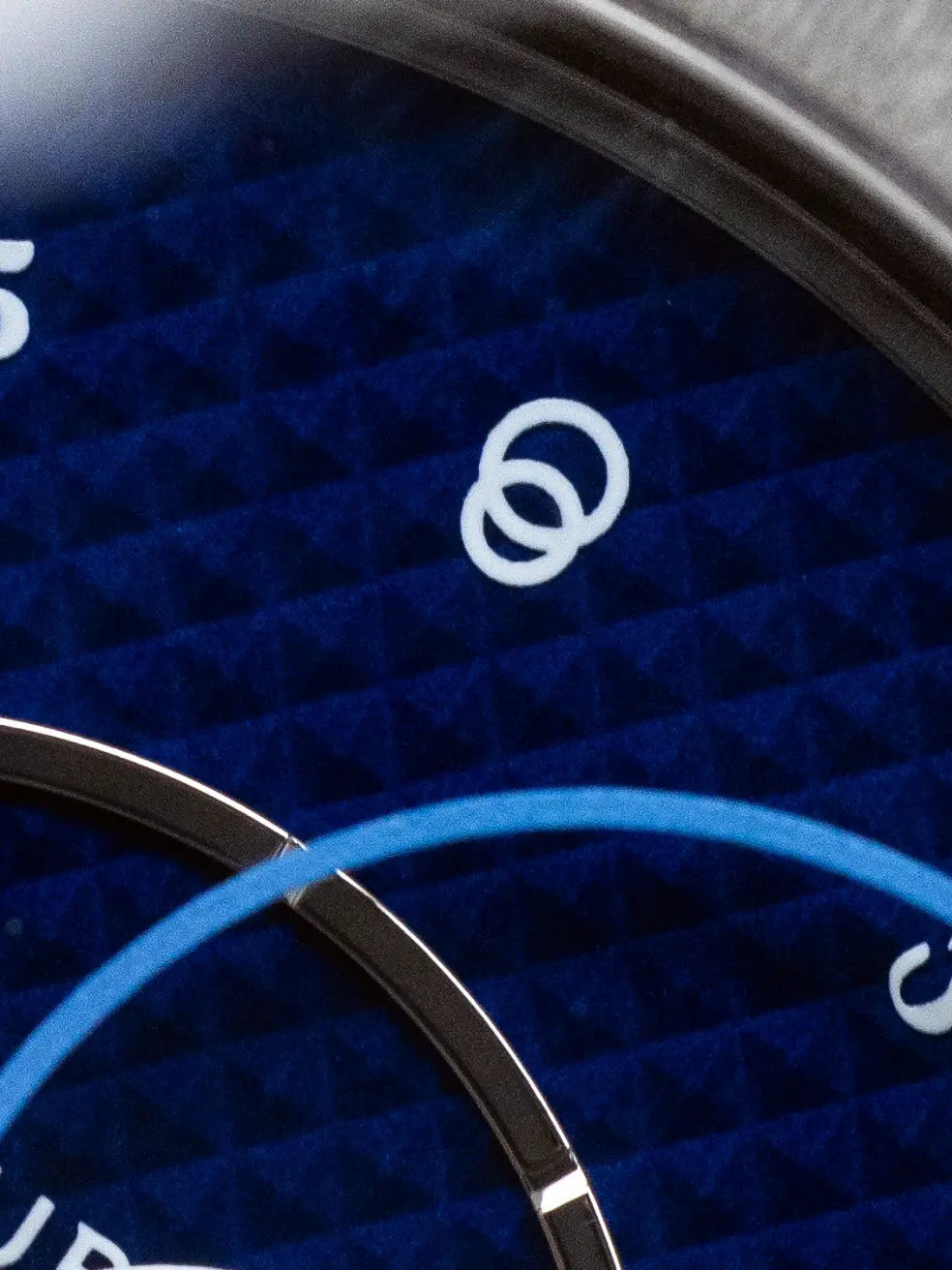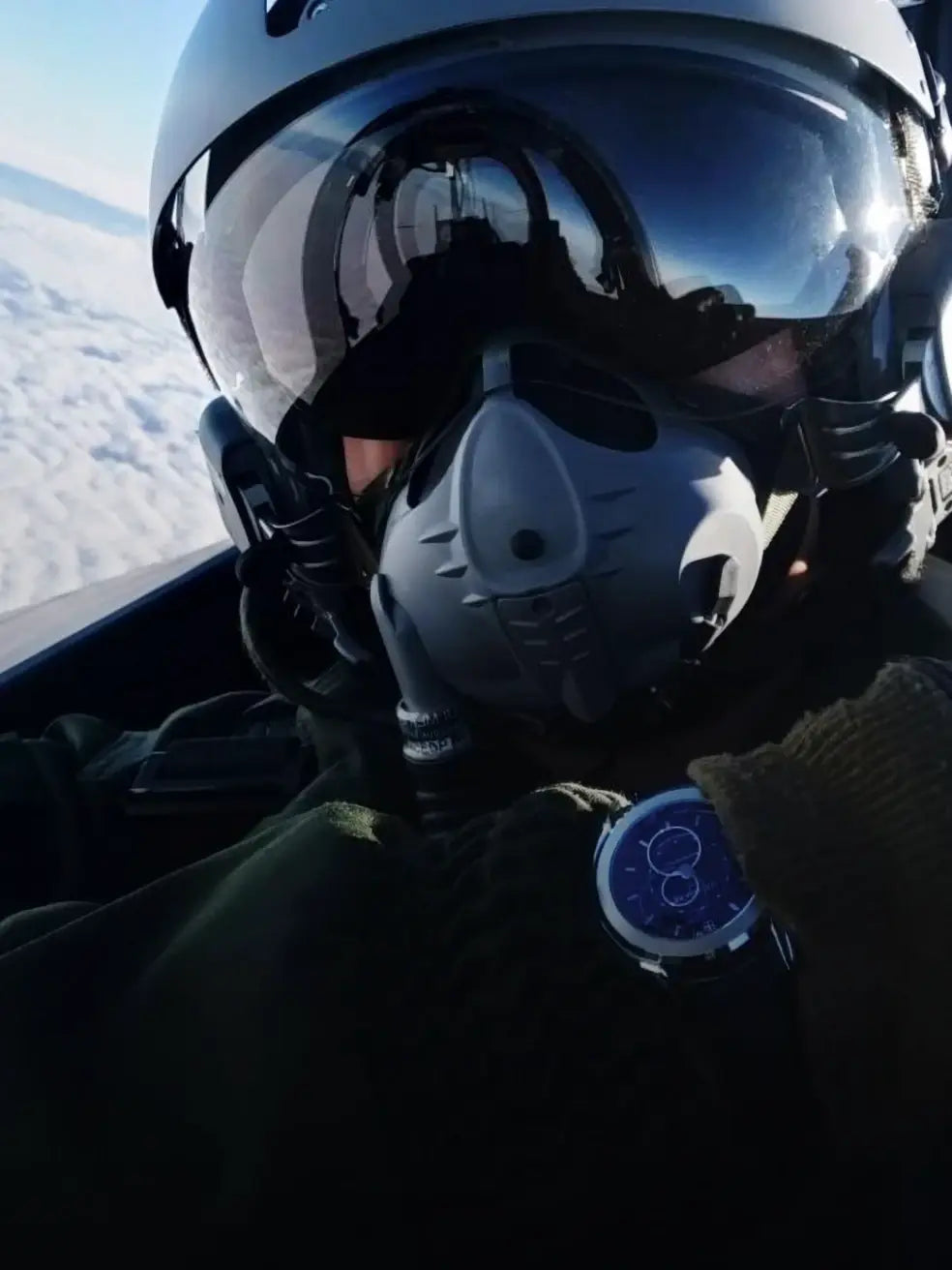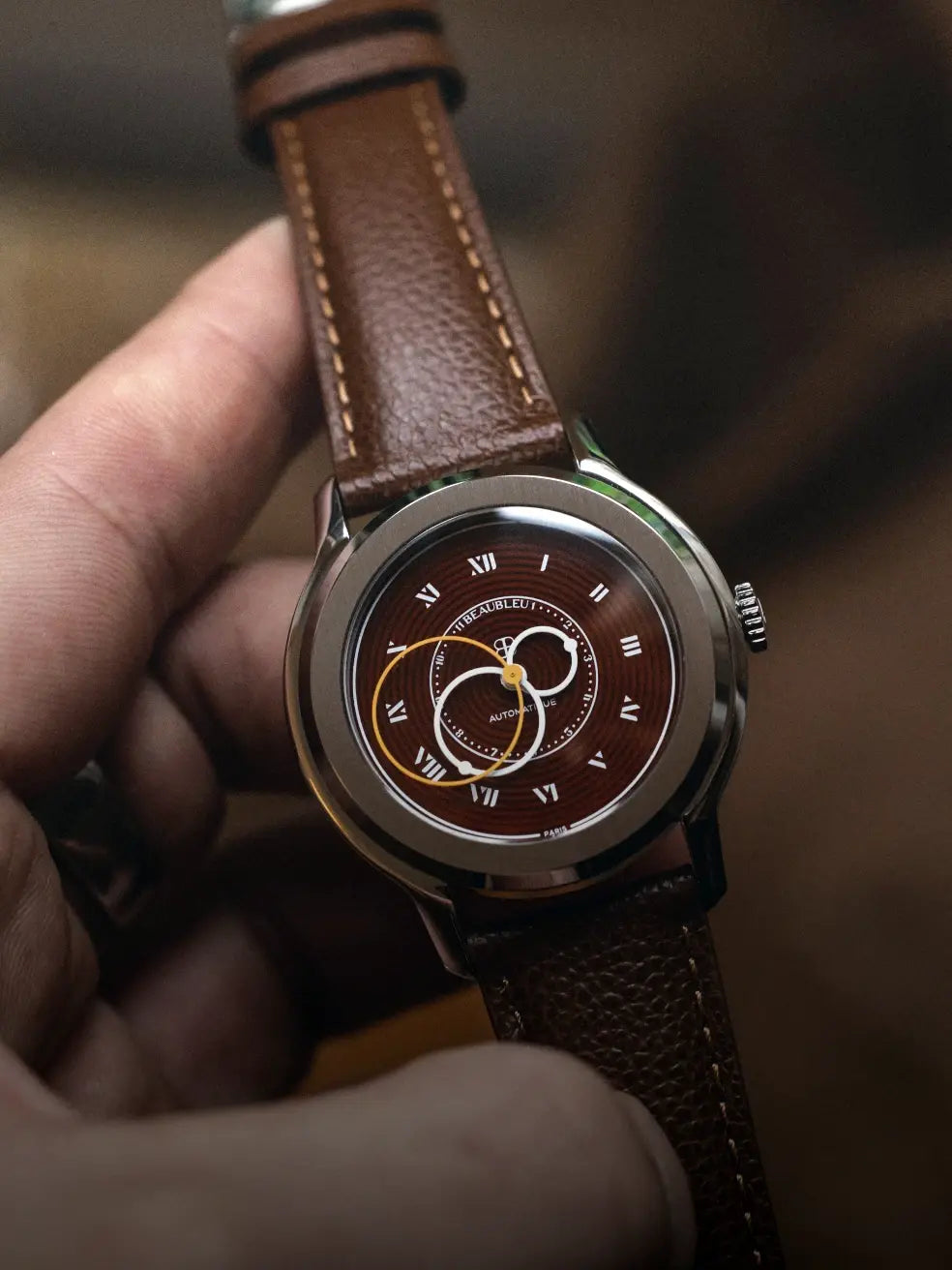
Step 1 of Union Collection production: the dials
We have all, well almost all, returned to work, life is starting to resume little by little, and so, for a few weeks now, the production of watches from the Union Collection has begun. This article will be the first in a small series that we will keep, like a logbook so that you can follow day after day, with us, the manufacturing process and the different stages; from the dials to the bracelet, including the case and our round hands.
Today we are going to talk to you about dials. Originally, it is a simple metal plate, which will quickly find itself at the center of attention. If we consider the case as the body of the watch, the dial is its delicate face. This is the first element that will catch your eye, so it is important to carry it out according to the rules of the art with impeccable quality. Yes, you read correctly, we said the word “art”. Please note, dial manufacturing is far from being a subcategory of watchmaking, it requires a certain know-how because if the dial must be both beautiful and readable it is also made with extreme precision. It is the support for many elements such as indexes, decorations or simply inscriptions. In addition, so that the hands slide correctly on it, without risking touching the glass which covers them or the other parts of the dial, each measurement must be carried out to the nearest hundredth of a millimeter.
For our watches, the additional difficulty will be the curved dial, which requires unique know-how and technique.
April 15, 2020
First day of production. The excitement is at its peak, after weeks of pre-order campaign and the uncertainty that we have all faced due to the complicated context caused by COVID-19, we are finally starting the cutting of the steel plate which will become a flat or curved dial. This involves creating the exterior contour and the central contour where the movement barrel will be housed. The barrel will subsequently accommodate our famous circular hands. The cutting process stops here for the flat dial, however, for the curved dial, it will be necessary to sculpt a thicker steel plate in order to give it its “bowl” shape.
April 20, 2020
That day we soldered the feet to the dials. These feet will clip onto the movement in order to position the dial for subsequent operations and final assembly.
April 25, 2020
This Wednesday, the serious things begin. Using sandpaper, we will soften the metal plate. This step will remove machining residue, sand the surface afterwards, and finally prepare it for polishing.
Directly after these dial preparation steps, before lacquering and varnishing, the plate must be properly polished in order to obtain a perfectly smooth surface to remove micro-scratches. This stage of the process is very meticulous, we establish the foundations for quality parts in order to limit the problems that may be encountered later (because of course, there are always last minute problems that arise...).
April 27, 2020
The dials now have their desired shape, they are polished and ready to receive their first coat of lacquer for the curved dials and varnish for the flat dials. Here we begin the final stage of manufacturing the dials, but above all a very delicate one.
Whether it is lacquer or varnish, the process remains the same, but the result is different, as you can see in the photos or during the discovery presentations of the Union Collection. In order to prevent particles of dust or pollution from settling on the dial, we isolate it in a special cabin with very strict conditions. Our standards of cleanliness are high, always with quality in mind. Then, the varnish is applied carefully, then we let it dry and adhere to the metal plate before adding a second coat to obtain our famous velvet colors. Generally a lacquer is applied to a flat surface and it is therefore easy to control the thickness of the different layers to be applied. On our curved dials the operation is more complicated and requires a special technique which is a secret recipe of the House!
May 7, 2020
Our dials are now dressed in their velvet color. So it's time to focus on the last details, but not the least. Let's start with the decal, this involves adding the inscriptions that should appear on the surface. Whether on the flat or curved dials, you will always find the same three inscriptions, in different places of course, “Beaubleu Paris”, “automatic” and “parisian creation”. This pad printing process is carried out in a clean room to again avoid the build-up of dust particles and pollution. A question probably comes to mind, but what is pad printing? This is a stamping technique. A pear-shaped tool collects the ink inscription on an engraved surface then moves it on the dial in one go in order to produce a clear and precise inscription.
May 12, 2020
We can no longer hold still, this day we inserted the indexes. Affixing indexes that are in the form of an applique still requires a different technique. These elements must be carefully applied to their reserved place on the dial. They thus create a relief effect which accentuates the contrasts of the dial and thus of the watch. And you know, it’s all about contrast with Beaubleu watches!
May 20, 2020
This is the time for quality control, an important step because it determines which parts can be used and which have defects.
May 27, 2020
Following quality control of the dials, defects were detected on 4% of the parts. These defects, not visible to the naked eye, are most often microdust between the varnish and the metal plate or microbubbles in the pad printing. They therefore lead to these parts being put aside in order to redo them by starting from the beginning. Through this process, we establish a quality standard for the choice of parts, and therefore for the final parts.
This is how the first part of our production diary of the Union Collection ends. In the next article, we will detail the manufacturing of the boxes, which requires different, but equally exciting, know-how.
